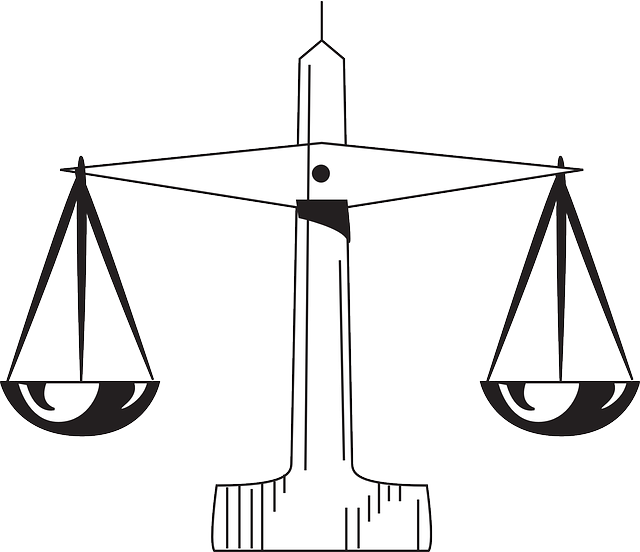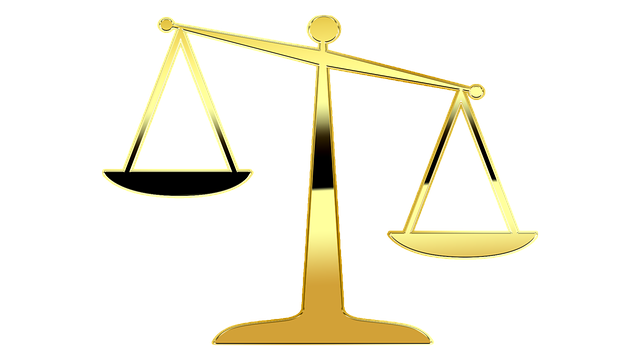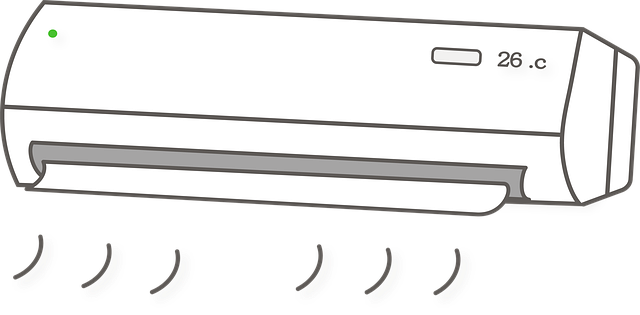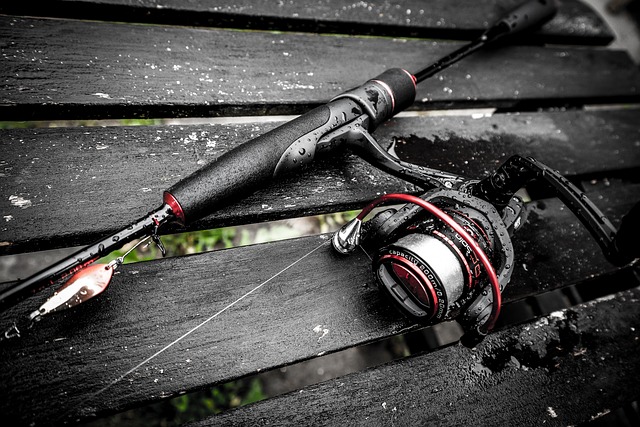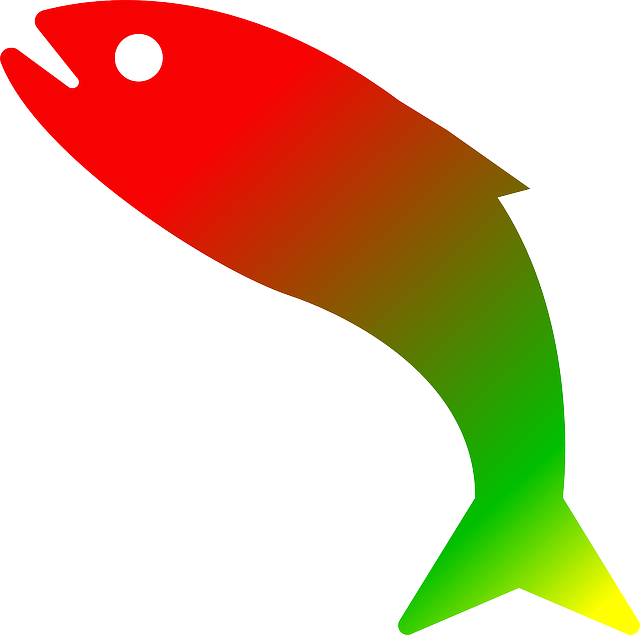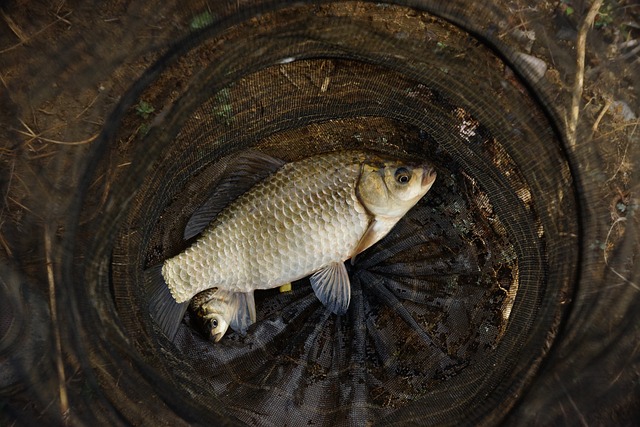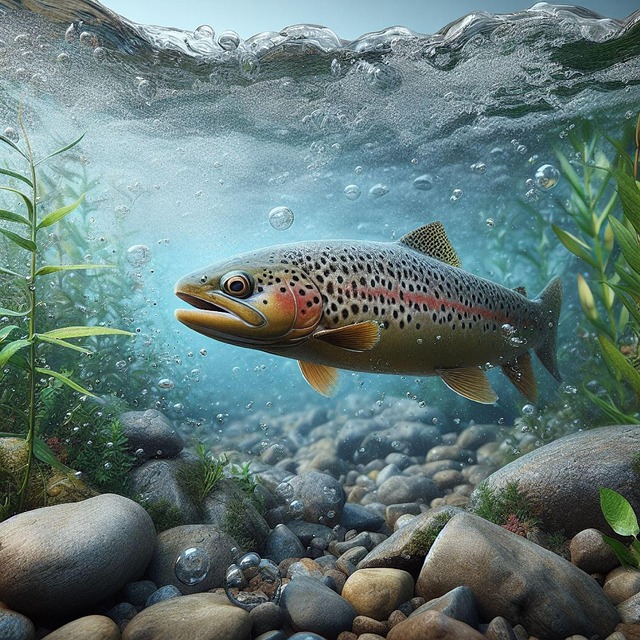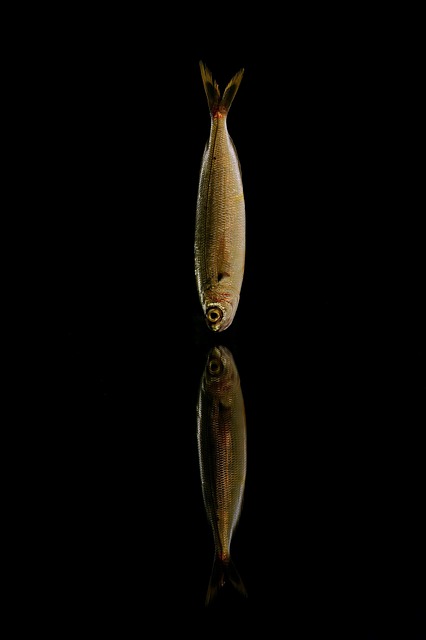The Upper Willamette River's vibrant ecosystem thrives under strict fishing regulations that manage its diverse zones, preserving biodiversity for all anglers. From upstream trout havens to downstream bass and salmon hotspots, understanding segmented rules—including catch limits, size restrictions, and seasonal closures—is key to sustaining this Oregon natural wonder as a premier outdoor recreation destination. Adhering to these regulations ensures the river's longevity, making it a prime example of responsible angling practices.
Exploring the pristine waters of the Upper Willamette River presents a unique opportunity for anglers, but it’s not without its guidelines. This river, renowned for its vibrant fish populations, is divided into distinct zones, each with its own set of regulations to ensure sustainability. From the rolling currents near Portland to the scenic reaches upstream, understanding these rules is vital for both local and visiting fishermen. This guide will navigate you through the Upper Willamette fishing regulations, covering permits, licenses, seasonal restrictions, and more, so you can enjoy a rewarding catch in this natural treasure.
- Understanding the Upper Willamette River Fishing Zone
- – Description of the river and its fishing zones
- – Who is regulated and where
Understanding the Upper Willamette River Fishing Zone

The Upper Willamette River, a vibrant ecosystem stretching through Oregon’s picturesque landscapes, is governed by specific fishing regulations to ensure its delicate balance. This section delves into the boundaries and nuances of the Upper Willamette fishing zone, essential knowledge for enthusiasts and professionals alike. The river divides into distinct segments, each with its own set of rules catering to various fish species’ habitats and migration patterns.
Understanding these zones is crucial when adhering to the upper Willamette fishing regulations. Anglers must familiarize themselves with the permitted catch, size limits, and seasonal closures unique to each area. These measures protect the river’s biodiversity, allowing for sustainable fishing practices while preserving the river’s role as a testament to nature’s beauty and a vibrant outdoor recreation hub.
– Description of the river and its fishing zones

The Upper Willamette River, a vibrant and bustling waterway, is a beloved destination for anglers across Oregon. This picturesque river meanders through lush landscapes, offering a diverse range of fishing zones that cater to all skill levels. From its serene upper reaches near springs and cascades, to the more dynamic lower sections teeming with fish, the Willamette presents an ever-changing tapestry of fishing opportunities.
Anglers can target various species in different segments of the river. The upstream areas are known for their robust trout populations, particularly rainbow and cutthroat varieties, making it a haven for fly fishing enthusiasts. Downstream, the river widens and becomes more favorable for bass, catfish, and even salmon during certain seasons, following the Upper Willamette fishing regulations. Its dynamic nature and rich biodiversity make it a true gem for outdoor aficionados.
– Who is regulated and where

The Upper Willamette River, a vibrant ecosystem teeming with fish, is subject to strict fishing regulations designed to protect its delicate balance. These rules apply to all anglers, both recreational and commercial, who venture into its waters. The primary focus is on ensuring sustainable fishing practices, preserving the river’s natural resources for future generations.
The regulations cover a vast area, encompassing various sections of the Upper Willamette River, from its source to key downstream locations. This includes popular fishing spots like the McKenzie River, South Fork Willamette, and the main stem as it flows through scenic landscapes. Anglers must adhere to specific guidelines, such as size limits, catch limits, and seasonal closures, which vary depending on the species targeted and the time of year.
